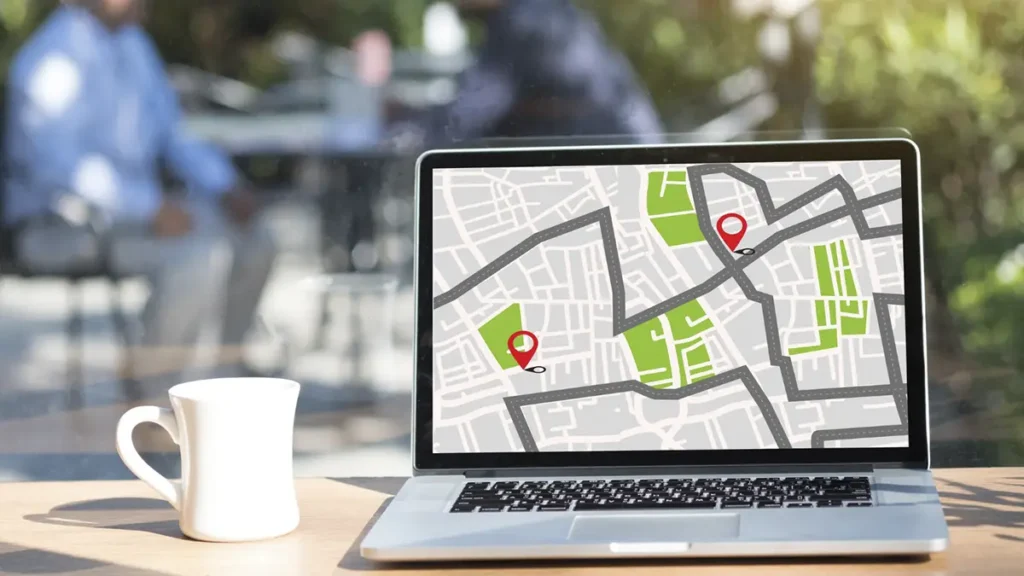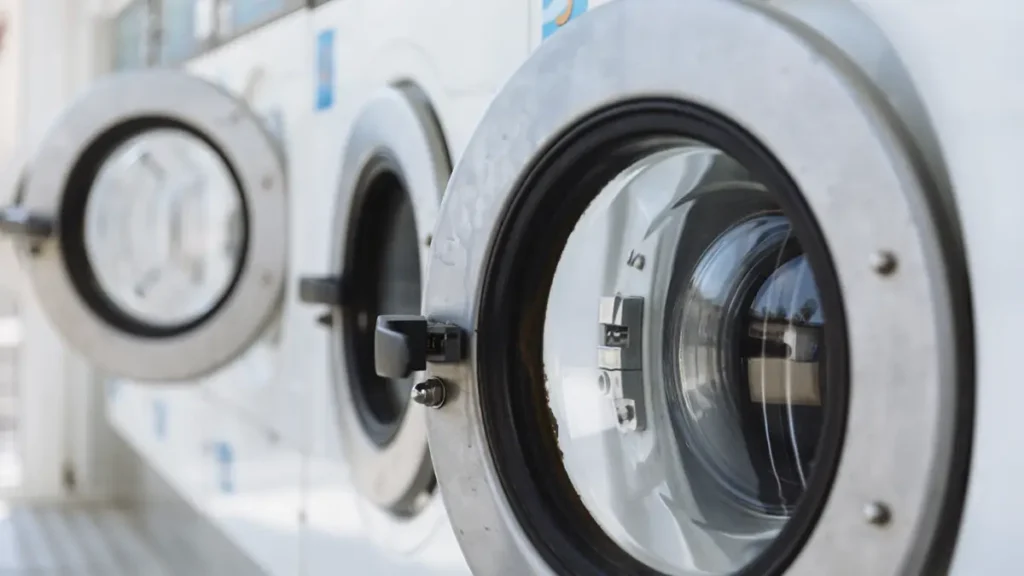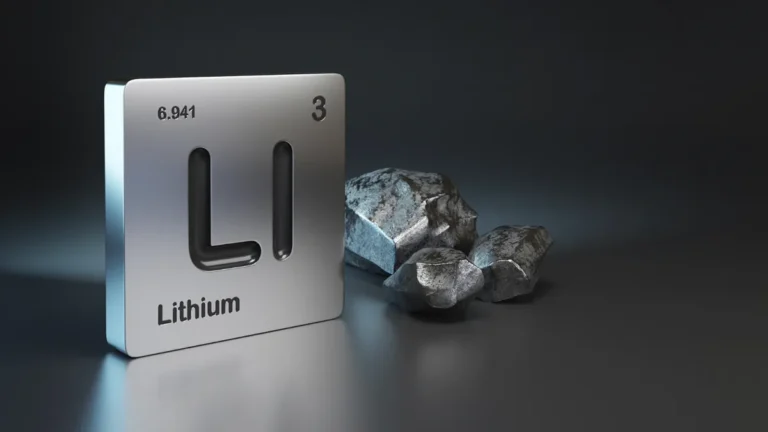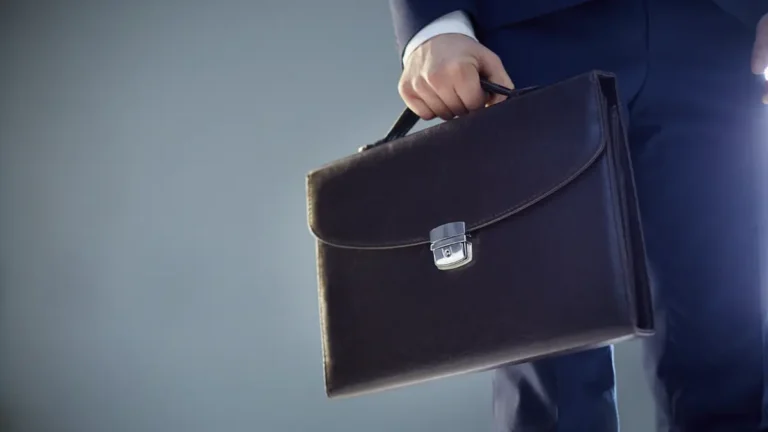How to Start a Laundromat Business: Full Step-by-Step Guidance
Did you know the coin operated laundromat market is growing fast and is expected to nearly double from $19.77 billion in 2023 to $39.34 billion by 2030? This shows how stable and promising this industry is.
The laundromat business has been around for almost a hundred years and is still going strong. The reason is simple: no matter what happens in the economy, people will always need clean clothes. This makes opening a laundromat one of the safest and most reliable business ideas, even during tough times.
So, if you’re wondering how to start a laundromat business, you’re in the right place. This guide will walk you through each step in clear and simple language so you can understand exactly how to launch your own laundromat from scratch.
But before we start the steps, let’s first look at what this business really is and why it offers such strong opportunities.
Step #1: Assessing Laundromat Market Trends & Opportunities
A laundromat also called a coin laundry or self service laundry is a place where customers can use washing machines and dryers for a set fee.
Because it’s a service people need regularly, a laundromat offers steady demand and reliable income for business owners. The industry is growing at an estimated Compound Annual Growth Rate (CAGR) of 10.32%, which means it’s expanding faster every year.
Several big factors are pushing this growth:
- Cities are getting more crowded
- Fewer people own homes, so more live in apartments without laundry facilities
- People want quick, affordable laundry services
- Busy renters, students and professionals need convenient solutions
Here are some key statistics to know:
- Laundromats that add cashless systems and digital tools can boost income by up to 49%
- Locations in busy areas often make returns of 20–35%, with some even reaching 100% cash on cash returns
- Depending on your size, location and services, yearly revenue can range from $150,000 to $350,000
With new technology, steady demand and a business model that’s been tested for decades, a laundromat is a strong investment choice for anyone looking for reliable, long term income.
When you’re planning, you’ll usually decide between two main models coin operated (self service) or full service.
Laundromat Business Model Comparison: Coin Operated vs. Full Service
Now that we’ve covered the basics, let’s compare the two main laundromat business model types (coin vs modern) full-service to see which works best for your goals.
| Feature | Coin Operated (Self Service) Laundromat | Full Service Laundromat |
| Initial Investment | Lower focus on machines, location and coin systems | Higher advanced equipment, more staff and extra services |
| Operational Complexity | Simple, minimal staff, often owner managed | Higher needs trained staff and more active management |
| Staffing Needs | Minimal or just the owner | Larger team to handle laundry and customer service |
| Revenue Streams | Self service washing and drying | Multiple: wash and fold, pickup/delivery, dry cleaning, tailoring, vending |
| Customer Service | Limited to keeping machines running and space clean | Personalized handles laundry directly, loyalty programs, special requests |
| Target Market | Budget conscious renters in busy areas | Professionals, elderly customers and people willing to pay more for convenience |
| Passive Income Potential | Higher with automation | Lower, as it needs more active staff management |
Step #2: Create a Laundromat Business Plan

The key to running a successful laundromat business is having a clear and well organized business plan. This plan will guide you through every stage of starting and managing your laundromat. It will also help you spot possible risks, plan for growth and secure funding from banks or investors.
Why you need a laundromat business plan:
- It shows lenders and investors that your idea is serious and profitable
- It acts as a roadmap for your daily operations and long term growth
- It helps you estimate costs, profits and timelines so there are no surprises
Budgeting and Financial Projections
Starting a laundromat requires a big investment. The average cost for a medium sized laundromat is between $200,000 and $500,000, but in busy city areas or for a brand new build, it can be over $1 million.
Estimated Laundromat Startup Costs Breakdown
| Category | Typical Cost Range (USD) |
| Lease Deposit / Property Purchase | $10,000–$30,000 (lease) / $200,000–$1M+ (purchase) |
| Equipment and tech needs like Washers, Dryers, Payment Systems | $40,000–$800,000 |
| Renovation & Interior Setup | $10,000–$200,000 |
| Initial Inventory & Supplies | $1,000–$10,000 |
| Utilities Setup | $1,000–$20,000 |
| Business Licenses & Permits | $50–$5,000 |
| Insurance (Annual Premium) | $1,000–$7,500 |
| Miscellaneous & Contingency | $5,000–$15,000 |
Ongoing Monthly Expenses:
- Rent or Mortgage: $1,500–$10,000
- Utilities: $4,000–$8,500 (15–40% of total expenses)
- Maintenance: $500–$1,500 per machine annually
- Supplies: Varies bulk buying helps save money
- Staffing (if not fully self service): $2,000–$3,500
Funding Options for a Washing Machine Business Plan
If you don’t have the full amount saved, here are common ways to fund your laundromat:
- Bank loans
- SBA backed loans for equipment and startup costs
- Business lines of credit for flexibility
A well prepared plan with realistic budgets and profit forecasts makes it easier to convince lenders to support you.
Business Plan Components
- Executive Summary
A quick overview of your business idea, mission and goals - Company Description
Structure, ownership details and what makes you unique - Organization & Management
Who will run and manage the business - Market Analysis
Your target customers, competitors and industry trends - Products & Services
What you will offer (self service, wash and fold, pickup/delivery, extras) - Marketing Strategy
How you will get and keep customers - Financial Plan
Detailed costs, profit estimates, funding needs and repayment plan
Sample Equipment Costs
Laundry machines are one of your biggest startup expenses, but they make up only about 10% of the machine’s total lifetime cost. The other 90% comes from utilities and supplies, so choosing energy efficient commercial laundromat equipment will save money in the long run.
Step #3: Choose the Right Location

For your laundromat to succeed, you must choose your laundromat location wisely. The right spot will bring steady customers and higher profits.
Demographic factors to get to know your neighborhood:
- Population Density: Look for at least 12,000+ people per square mile, especially in busy urban areas
- Renters vs. Homeowners: Renter heavy neighborhoods (50% or more renters) are best, especially older apartment buildings without in unit washers
- Income Levels:
- Self service laundromats do well in low to middle income areas
- Wash and fold works best in higher income areas
- Household Size: Larger families or single parent homes often create more laundry needs
- Language Needs: Offer signage and staff support in the languages spoken locally
Traffic & Visibility
- Pick a location near supermarkets, shopping centers or public transportation
- Make sure there is easy parking and the store is visible from the street
- Think about how the area might grow or change in the next 5–10 years
Rent vs. Own
- Leasing: Lower upfront cost, predictable payments, flexibility if you want to move later
- Owning: Builds equity, long term stability, full control
If you want to compare this with other affordable startup ideas, see Low cost startup ideas
Step #4: Handle Legal Setup And Requirements

Before you open, you must follow local and state rules to avoid fines or delays. If you are asking, what permits do I need to open a laundromat, here’s a checklist to guide you.
Business Registration:
- Choose your business structure: Sole Proprietorship, Partnership, LLC or Corporation
- LLC is popular for laundromats because it offers liability protection
Steps to form an LLC:
- Choose a name that includes “LLC”
- Appoint a registered agent
- File Articles of Organization ($50–$500+)
- Write an Operating Agreement
- Get an EIN from the IRS (free) and register for state taxes
- File annual reports (rules vary by state)
- Submit a Beneficial Ownership Information (BOI) report to FinCEN (required from Jan 1, 2024)
Permits and Licensing:
- General Business License
- Zoning Permit (Schedule 1 laundromat approval)
- Building Permits for renovations, plumbing or electrical work
- Occupancy Permit (final approval before opening)
- Health Department Permit (to meet cleanliness and safety rules)
- Fire Department Permit (for fire safety compliance)
- Environmental Permits for water usage and wastewater disposal
- Sales Tax Permit (if selling items like detergents or snacks)
- Boiler Permit (if using large water heaters)
Tip: Always check with your city or county offices before you start. Missing permits can lead to fines or even closure.
Step #5: Buy an Existing Store or Build New
One of the biggest choices you’ll face is whether to buy an existing store or build a brand-new laundromat. This decision will affect your costs, setup time, and how quickly you start earning.
When buying, always check financial records, customer numbers, and expenses.
Buying an Existing Store
Pros:
- Start earning right away with existing customers.
- Permits and infrastructure already in place.
- Shorter setup time compared to starting from scratch.
Cons:
- Machines may be old or inefficient.
- May require renovations or updates.
- Could inherit a bad reputation from previous owners.
Building New
Pros:
- Complete control over layout, branding, and equipment choices
- Can use the latest energy-efficient technology
Cons:
- Higher startup costs
- Longer time before opening
- No customer base at launch
Retooling Tips for Existing Laundromats
If you buy an existing laundromat, upgrading it — known as retooling — can greatly improve profits.
- Upgrade Equipment: Modern washers and dryers reduce utility bills and work faster
- Improve Customer Experience: Add better lighting, seating, and décor
- Offer More Services: Add wash and fold, pickup and delivery, or vending machines
- Modernize Payment Systems: Offer coins, cards, and mobile payments for flexibility
Retooling is often more affordable than building new, and the improvements can quickly pay for themselves.
Step #6: Select Equipment That Sets You Apart

Your commercial laundromat equipment will directly impact your running costs, customer satisfaction and efficiency. Choosing wisely now will save you money later.
High Efficiency Washers and Dryers
Modern laundromats use high efficiency machines because they:
- Use about 45% less water and up to 40% less energy
- Handle bigger loads in less time
- Last 10 to 15 years, saving on replacement costs
- Provide cleaner results and faster service, making customers happy
Commercial Laundry Equipment Cost Ranges
| Equipment Type | Typical Cost Range (USD) |
| Top Load Washers | $1,000–$3,000 |
| Front Load Washers | $2,000–$5,000 (standard), up to $15,000 (large commercial) |
| High Capacity Washers (50–100+ lbs) | $3,000–$6,000+ |
| Commercial Dryers | $1,000–$6,000 |
| Stacked Washer Dryer Units | $2,500–$5,000 |
| Card Payment Systems | $5,000–$15,000 |
| Change Machines | $500–$3,000 |
| Laundry Carts | $100–$300 |
| Folding Tables | $150–$500 |
| Soap Vending Machines | $300–$3,000 |
| Water Heater | $5,000–$50,000 |
| Security Systems | $2,000–$10,000 |
Payment Systems
- Coin Operated
- Pros: Easy to use and familiar to customers
- Cons: Risk of theft, coin shortages and more maintenance
- Card Operated
- Pros: Safer, tracks sales, allows flexible pricing
- Cons: Higher upfront setup costs
- Mobile Payments
- Pros: Contactless and fast, great for tech savvy customers
- Cons: Requires smartphones and internet connection
- Hybrid Systems
- Combine all options to meet customer preferences
- Offer flexibility while increasing revenue potential
Step #7: Designing for Customer Satisfaction

The look, comfort and convenience of your laundromat play a big role in keeping customers coming back. A clean, well organized space with the right features will build loyalty.
Laundromat Accessories
- Change machines for easy access to coins
- Sturdy laundry carts for moving loads
- Folding tables with plenty of room
- Soap vending machines for detergent, softener and dryer sheets
Comfort & Convenience Features
- Comfortable seating instead of hard chairs
- Free Wi Fi, charging stations and TVs for entertainment
- Snack and drink vending machines
- Children’s play area to keep kids occupied
- ATM for customers who need cash
Layout & Safety
- Arrange the space for smooth movement from entrance to machines, folding tables and exit
- Bright LED lighting for safety and visibility
- Durable, easy to clean materials for floors and surfaces
- Security cameras and posted emergency contacts
- ADA compliant entrances and controls for accessibility
Small upgrades like these can help you maximize customer experience and make your laundromat the preferred choice in the neighborhood.
Marketing Your Laundromat
Even the best equipped laundromat needs customers to succeed. A strong marketing plan will keep your business visible, bring in new visitors and encourage repeat customers.
Local SEO and Google Business Profile
- Set up and fully complete your Google Business Profile (GBP) with accurate Name, Address, Phone (NAP) details.
- Use keywords like “laundromat near me” or “coin laundry [your city]” so you show up in local searches.
- Upload clear, high quality photos of your machines, interior and staff.
- Ask satisfied customers to leave reviews and respond to them promptly.
- Post weekly updates with promotions, tips or community news to keep your profile active.
Social Media Presence
- Share before and after laundry photos to showcase results.
- Post behind the scenes videos or tips for keeping clothes fresh.
- Announce special offers, loyalty programs and new services.
- Engage with local community groups and comment on local events to build awareness.
Referral and Loyalty Programs
- Offer discounts or free washes for customers who refer a friend.
- Use punch cards, point systems or an app based loyalty program.
- Run seasonal promotions, like holiday specials or back to school offers, to increase foot traffic.
Community Engagement
- Sponsor local school events, sports teams or charity drives.
- Partner with nearby coffee shops, gyms or restaurants for cross promotions.
- Organize customer appreciation days with small giveaways or free wash coupons.
When you combine local online visibility with offline community connections, you build a strong and loyal customer base that grows steadily over time.
Conclusion
If you’ve been wondering how to start a laundromat business, the key steps are simple plan well, invest in good equipment, choose the right location and create a welcoming space. Whether you go with a coin operated setup or full service model, focus on value, convenience and excellent customer service to keep customers coming back.
Add extras like wash and fold, pickup and delivery or cashless payment options to boost revenue and stand out from competitors. With a clear business plan, secure funding and smart marketing, your laundromat can become a steady, scalable source of income even in challenging times.
For more small business tips and real world strategies, follow Founding Startups on social media and stay ahead with the latest insights.






